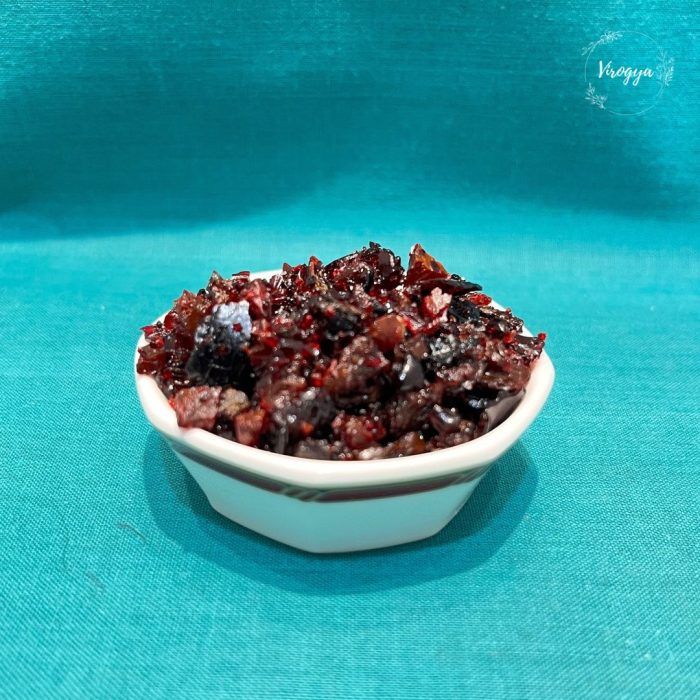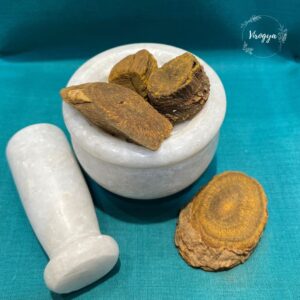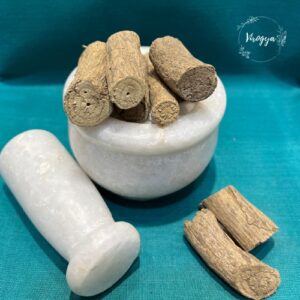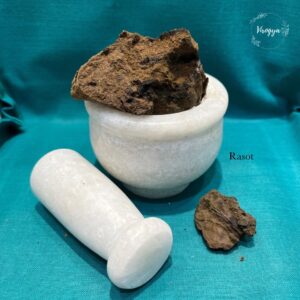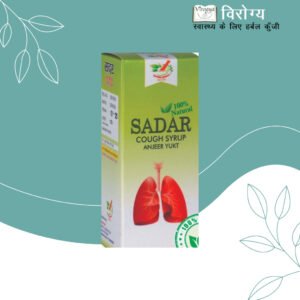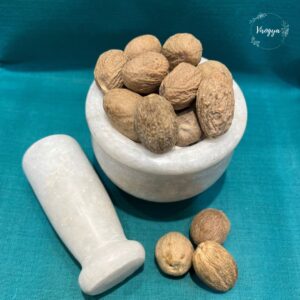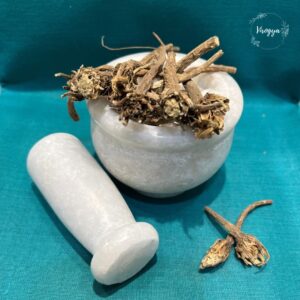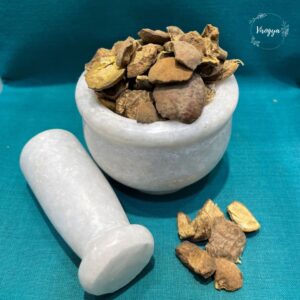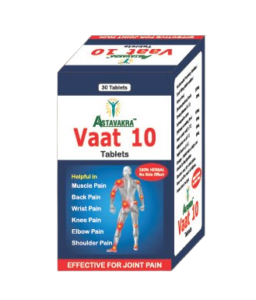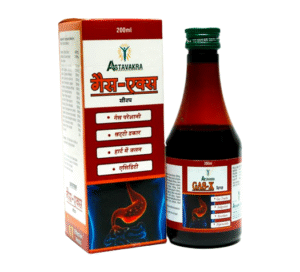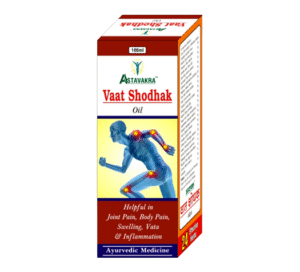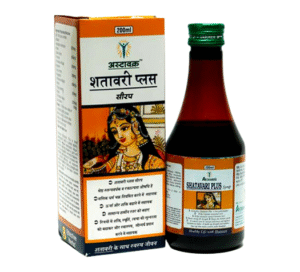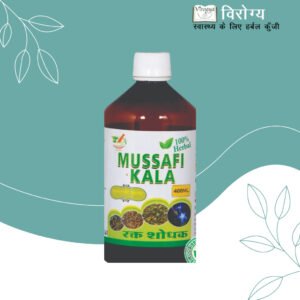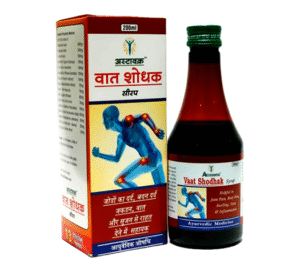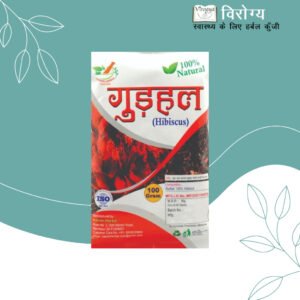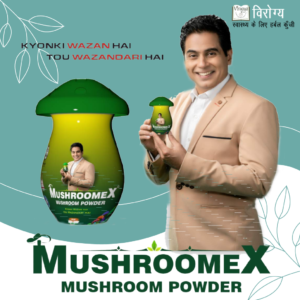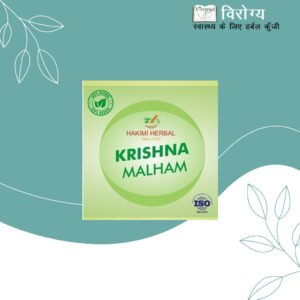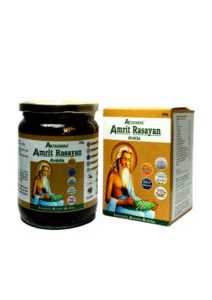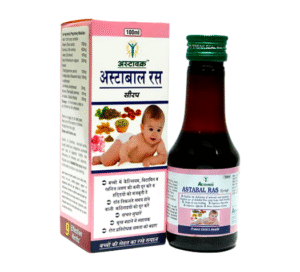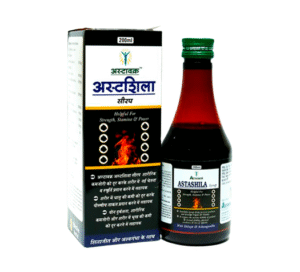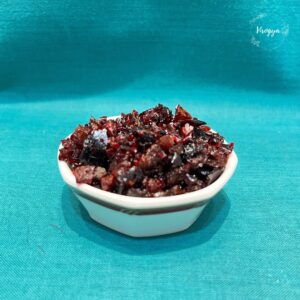Product on sale
Kamar Kas
9 products sold in last 10 hours
Selling fast! Over 11 people have in their cart
- Enhancing Traditional Attire:
- Worn with sarees, lehengas, and anarkalis to accentuate the waistline and add a regal touch.
- Often used in bridal wear to give a majestic and elegant appearance.
- Modern Fusion Wear:
- Styled with Western outfits like dresses, skirts, and even jeans to create a fusion look.
- Dance Performances:
- Used in classical Indian dances such as Bharatanatyam, Kuchipudi, and Odissi to highlight waist movements and add grace to the attire.
34 people have viewed this Product
- Material:
- Typically made from metal (gold, silver, or imitation alloys), fabric, beads, or leather.
- Embellished with gemstones, pearls, sequins, or intricate embroidery.
- Design:
- Often features intricate patterns inspired by traditional motifs such as floral, peacock, paisley, or temple designs.
- Some belts have dangling chains or charms for added elegance.
- Usage:
- Commonly worn with sarees, lehengas, and other ethnic outfits to accentuate the waistline.
- Used during weddings, festivals, and cultural events to enhance the traditional look.
- In some cultures, it signifies wealth and status.
- Types:
- Bridal Kamar Kas: Elaborate and heavily decorated, often worn by brides to complement their wedding attire.
- Casual/Fashion Kamar Kas: Simpler designs for everyday or festive wear.
- Traditional Temple Jewelry: Used in classical dance performances like Bharatanatyam and Kuchipudi.
- Cultural Significance:
- In Indian and South Asian cultures, wearing a kamar kas is considered auspicious and symbolizes femininity, beauty, and prosperity.
- Often passed down as heirloom jewelry across generations.
Health Benefits
- Posture Support:
- When worn correctly, it provides lumbar support and helps maintain a straight posture.
- Postpartum Use:
- Some traditional designs are believed to provide support to new mothers after childbirth to aid recovery and waist shaping.
| Weight | 100GM, 250GM, 500GM |
|---|

